According provided by SIGMA ZOOM 55-200mm 1: 4-5.6 DC HSM lens (Nikon version) many thanks to Sergey Choban.
Navigation
- In short
- History
- Main Specifications
- Assembly
- Focusing
- Image quality
- Sample Photos
- Alternatives
- My personal experience with the lens
- Results
- User Comments
- Add your review or question on the lens
In the review, the SIGMA ZOOM 55-200mm 1: 4-5.6 DC HSM lens will be abbreviated as - Sigma 55-200 DC HSM. This review shows the version for cameras Nikon DX Series.
In short
The Sigma 55-200 DC HSM is an inexpensive telephoto lens for Nikon DX crop cameras. For other systems, this lens was produced without the Sigma HSM ultrasonic motor.
Sigma 55-200 DC HSM is compact, lightweight and quite quiet, with slow focusing and quite expected image quality.
May act as an alternative to the original old man Nikon DX AF-S Nikkor 55-200mm 1:4-5.6G ED SWM 2005 release, and will also be interesting as a replacement for non-motorized lenses such as Tamron/Quantaray 55-200mm 1:4-5.6 и Sigma 55-200DC (first version).
In connection with the release of inexpensive such lenses Nikon DX AF-S Nikkor 55-200mm 1:4-5.6G ED VRIF SWM и SIGMA ZOOM 50-200mm 1: 4-5.6 DC OS HSMequipped with built-in image stabilization, the Sigma 55-200 DC HSM is of less interest.
History
There are several versions and sub-versions among the lenses of the Sigma 55-200 DC series:
- October 2003, the first version of the lens, model SIGMA ZOOM 55-200mm 1: 4-5.6 DC available in Canon, Nikon and Pentax variants. IN 2004 year there was a version for the 4/3 system, in 2005 year for the Sony A / Minolta A system. The Nikon version may have an additional 'D' (55-200mmD 1: 4-5.6 DC).
- the previous version was released under a different brand and in a slightly different case: Quantaray for NIKON AF 55-200mmD 1: 4-5.6 DO Made in Japan MULTI-COATED Ø55 (name on the Quantaray 55-200mm caseD 1: 4-5.6 DO). I met options only under Nikon.
- March 2007 model SIGMA ZOOM 55-200mm 1: 4-5.6 DC HSM, the main difference of which was the built-in ultrasonic focusing motor SIGMA HSM. This version is shown in this review. The ultrasonic version was only available for Nikon cameras.
- March 2009Model SIGMA ZOOM 50-200mm 1: 4-5.6 DC OS HSM (OPTICAL STABILIZER), the main difference of which was the built-in image stabilizer Sigma OS (Optical Stabilizer) and a wider viewing angle (50 mm instead of 55 mm at the wide end). In versions for Sony and Pentax, the lens could go without a built-in stabilizer, since the stabilizer is already in the camera itself (but I also saw OS HSM versions for Pentax).
Most likely, this line will not have further development. Sigma is more focused on producing high-quality universal lenses that cover a focal length of 50 (55) -200, such as SIGMA 18-200 mm 1: 3.5-6.3 DC OS HSM MACRO | C (Contemporary) и SIGMA 18-300 mm 1: 3.5-6.3 DC OS HSM MACRO | C (Contemporary).
Main technical characteristics of SIGMA ZOOM 55-200mm 1: 4-5.6 DC HSM:
| Review Instance Name | Next to the front lens 'SIGMA ZOOM 55-200mm 1: 4-5.6 DC HSM Ø55 LENS MADE IN JAPAN'. The lens barrel bears the following inscriptions 'SIGMA DC 55-200mm 1: 4-5.6' + serial number |
| Basic properties |
|
| Front Filter Diameter | 55 mm |
| Focal length | 55-200 mm, EGF for Nikon DX cameras is 82.5-300 mm |
| Zoom ratio | 3.64 x |
| Designed by | for Nikon DX digital cameras, there are modifications for other systems (Sigma, Canon, Pentax, 4/3, Sony / Minolta A) |
| Number of aperture blades | 8 petals |
| Tags | focusing distance in meters and feet, focal lengths for 55, 70, 105, 135, 200, XNUMX mm, mount bracket |
| Diaphragm | control is via the camera menu (analog Nikon G - lens type).
|
| MDF | 1.1 m, maximum magnification ratio 1: 4.5 (per 200 mm) |
| The weight | 310 grams (in my measurements 313 grams) |
| Optical design | 12 elements in 9 groups without special optical elements |
| Lens hood | Sigma LH595-01, bayonet type, plastic, with the possibility of installation in transport mode |
| Manufacturer country | LENS MADE IN JAPAN (Lens made in Japan) |
| Production period | Since March 2007. In March 2009 replaced by SIGMA ZOOM 50-200mm 1: 4-5.6 DC OS HSM |
| Price |
Engineers were able to create this lens without the use of special optical elements, which had a good effect on its cost. For example, in Nikon 55-200 / 4-5.6 two low-dispersion elements were used, as well as a complex retractable part, consisting of as many as three sections.
Assembly
Sigma 55-200 DC HSM was made in Japan. The touch is pleasant and sturdy. The retractable frame of the case ('trunk') consists of one section, which is quite durable. The trunk has micro-play. The zoom ring also has micro play, which does not affect usability.
Almost all parts of the body, except for the trunk and hood, are covered with characteristic Sigma velvet, which tends to get dirty and wiped quickly.
The lens has metal bayonet. The zoom and focus rings are rubberized. Changing the focal length is a bit tight.
Separately, it is worth highlighting a sufficiently large and wide focus ring. All original similar lenses with the size of the focus ring have obvious problems.
There is a bayonet mount mark on the case. The lens uses a plastic hood, which is fixed in special grooves located near the front lens of the lens. The hood can be installed in the opposite direction for transportation. In this position, access to the focus ring at 55 mm focal length is almost completely lost. When you change the focal length, the lens hood moves with the front of the lens.
When changing the focal length, the rear lens moves in the middle of the lens body like a pump - it draws in and pushes out air. This behavior of the rear lens is called 'vacuum cleaner effect', which can increase the amount of dust that accumulates in the camera.
Lens trunk does not leave under its own weight (a trifle, but nice).
Number of petals aperture - 8 pieces. At the same time, they are weakly rounded and form a regular octagon on strongly covered diaphragms.
Focusing
To focus, the lens uses a special ultrasonic focusing motor 'HSM' (Hyper Sonic Motor). Most likely it compactAnd not annular motor.
The emergence of HSM motors among Sigma-like lenses was partly facilitated by the output of cameras Nikon D40 in November 2006 and D40x in March 2007. Most often for full compatibility with the new motorless lineup that spawned Nikon D40, in such cropped Sigma lenses with Nikon F mount, the HSM motor began to be built. Simultaneously with the Sigma 55-200 DC HSM, a similar focusing motor appeared, for example, in the lens Sigma DC 18-50mm 1: 2.8 EX MACRO HSM. In press releases of these lenses, compatibility with Nikon D40, D40x as one of the main advantages.
The lens will automatically focus on all Nikon DSLR cameraseven on amateur series models Nikon DXthat do not have a built-in focus motor: D40, D40x, D60, D3000, D3100, D3200, D3300, D3400, D3500, D5000, D5100, D5200, D5300, D5500, D5600as well as mirrorless cameras Nikon Z with adapter FTZ / FTZ II.
When used on a camera Nikon D90 и Nikon D80 with unpretentious Multi-CAM 1000 focusing system the lens behaves well. With precision and clinging focus, I had no particular problems. The lens clings well to captured subjects, rarely re-focusing. The number of focus misses is small.
On camera Nikon D90 I checked the presence of the back and focus front at different focusing distances (infinity and MDF as well). Pictures taken using the Live View mode (which does not suffer from back / front focus) were used as a measure. Focusing accuracy using phase sensors completely coincided with the Live View mode.
Auto focus speed medium (closer to low). Focus speed comparable to original Nikon 55-200 / 4-5.6G ED VR. It is very bad that despite the ultrasonic focus motor, the lens has a mediocre focus speed. True, for simple photo tasks, the focusing speed does not cause much discomfort. Focus speed does not depend on the selected focal length or lens orientation.
Lens does not have internal focus, during focusing, the frame of the body ('trunk') moves forward about 2 centimeters, while front lens rotates.
Sorry, but during auto focus focus ring rotates and cannot be touched.
In manual focus mode, the focus ring rotates 75 degrees. Manual focus is quite inconvenient... When the extreme positions are reached, the focusing ring rests and cannot be rotated further. During manual focusing, the rubbing effect of 'plastic against plastic' is felt.
The minimum focusing distance is 110 cm (the distance from the camera’s sensor to the subject). With such an MDF, the maximum magnification ratio is 1: 4.5. it good indicator for a similar lens.
The lens has focus mode switch 'AF / M'. For manual focus, the lens must be switched to 'M' mode, otherwise the focus motor may be damaged. Unfortunately, the Sigma 55-200 DC HSM does not support continuous manual focus.
Focus Features:
- There is little noise from autofocus.
- There is a strong effect of 'Focus Breathing' (changing the viewing angle during focusing). During focusing towards the MDF, the viewing angle decreases.
- When changing the focal length, focusing is lost.
- Unknown compatibility with teleconverters.
- Sigma 55-200 DC HSM does not have hard stop (hard infinity mechanical stop) which allows you to accurately and quickly focus the lens at infinity under any external conditions.
- The lens has a focusing distance scale with labels in meters and feet. The scale is marked on the focusing ring. The scale is very sparse, there are marks on it only for 7 values of the focusing distance (including 'infinity'). More advanced lenses usually use a scale in the form of a special window.
- Focus shift (shift-focus) was not noticed.
- Sigma 55-200 DC HSM has no focus problems in Live View (tested on Nikon D90 ), but focuses slowly.
- The lens transmits the focus distance to the subject in the camera (analog Nikon D, Nikon G).
- The direction of rotation of the focus ring does not match the original Nikon 55-200 / 4-5.6G ED VR
- The Sigma 55-200 DC HSM is a third-party lens. It may happen that it will not work correctly with some Nikon cameras. Details on this issue are considered by me. here.
Image quality
In general, Sigma 55-200 DC HSM does not shine with good optical performance. But it is worth considering that the optical design of this lens was created back in 2003, when Nikon had only 6 megapixel cameras.
Sharpness
- normal sharpness at open apertures in the center of the frame in the range of 55-80 mm
- good resolution in the center of the frame on covered apertures (in the region of F / 5.6-F / 10) in the range of 55-80 mm
- Yes tangible drop in sharpness while increasing the focal length
- weak picture at the corners and edges of the frame at 200mm & f / 5.6
- sharpness in the range of 80-200 mm becomes acceptable only on covered apertures
- the overall level of distortion is at a level typical for such lenses
- 55 mm barrel distortion, which translates into 200 mm cushion distortion
- general level vignetting is at the level typical for such lenses
- at certain focal lengths, vignetting is very low even at open apertures (nice plus)
- vignetting easily fixable in the editor, especially when shooting in RAW
Aberration
- chromatic aberration rate небольшой, they are most pronounced at the edges and corners of the image
- when closing to F / 8-F / 10 HA are slightly reduced
Rest
- sometimes insufficient contrast (not a problem when correctly setting the profile of images on the central locking system)
- pronounced effect of an 8-ray star on strongly covered diaphragms
- a strong drop in contrast in the side light, a noticeable amount of glare
- the blur discs are quite round at the aperture values of F / 4-F / 8, at the values of F / 8-F / 32 they take the form of regular and irregular octagons
Sample Photos
Camera shots Nikon D90. The photos in the gallery below are shown without processing, converting the source RAW files with the original Nikon Capture NX-D utility without making any additional adjustments.
When shooting handheld at 200 mm of focal length, the lens was naughty at me on shutter speed 1/320 s and for comfortable work I wanted at least 1/400 s. Low aperture The lens is paired with short exposures when shooting handheld on cloudy days forcing the use of high ISO.
Original '.NEF' (RAW) photos from the camera Nikon D90 can be downloaded at this link (50 photos). One photo processed at 500px here.
My experience
First option SIGMA ZOOM 55-200mm 1: 4-5.6 DC was published 2 years earlier than the first Nikon DX AF-S Nikkor 55-200mm 1: 4-5.6G ED SWM. One can safely say that the Nikon 55-200 / 4-5.6G is a replacement for SIGMA 55-200 / 4-5.6 DC, and not vice versa.
To the touch, the Sigma 55-200 DC HSM seemed to me more pleasant than the original similar lenses. Also, the Sigma 55-200 DC HSM uses a metal mount instead of the plastic mount on the original 55-200 / 4-5.6 lenses.
In general, the Sigma 55-200 DC HSM is better than the non-motor Tamron / Quantaray 55-200 / 4-5.6.
Usually such a lens is bought in addition to a kit lens of class 18-55 / 3.5-5.6 and this set is sufficient for the overwhelming number of simple photographic tasks. After purchasing the 55-200, users who have used only the 18-55 for a long time may experience a completely different experience with their DSLR.
Comments on this post do not require registration. Anyone can leave a comment. Many different photographic equipment can be found on AliExpress.
All original Nikon DX telephoto lenses
- Nikon DX AF S Nikkor 55-200mm 1:4-5.6G ED SWMarel 2005
- Nikon DX AF S Nikkor 55-200mm 1:4-5.6G ED VR IF SWMMarch 2007
- Nikon DX AF S Nikkor 55-200mm 1:4-5.6GII ED VRIIJanuary 2015
- Nikon DX AF S Nikkor 55-300mm 1:4.5-5.6G ED VR SWM HRIAugust 2010
- Nikon DX AF-P Nikkor 70-300mm 1:4.5-6.3G EDAugust 2016
- Nikon DX AF-P Nikkor 70-300mm 1:4.5-6.3G ED VRAugust 2016
A list of absolutely all lenses of the Nikon DX series, as well as a lot of useful information on lenses and cameras Nikon will find here.
A complete list of Nikon DX series lenses can be found here.
Results
The Sigma 55-200 DC HSM can serve as a budget telephoto solution for Nikon cropped cameras. Original Nikon 55-200 / 4-5.6G ED VR will be noticeably better, but also about 2 times more expensive in a used condition. Sigma 55-200 DC HSM fully fulfills its value.
Advantages
- very low cost in the secondary market, about 60 dollars
- built-in ultrasonic focusing motor (critical for amateur Nikon DX cameras)
- smooth aperture drop with increasing focal length
- eight aperture blades (original Nikon 55-200 / 4-5.6G ED VR only 7)
- sturdy bayonet-type hood with back-mountable
- good build, metal mount, rubberized focus and zoom rings, no trunk self-extension effect
- light weight, compact size, small diameter of light filters. Convenient lens for small amateur CZK
- there is a focus distance scale
- in certain situations, good optical performance (good sharpness on covered apertures in the center of the frame in the range of 55-80 mm, low chromatic aberration, vignetting, etc.)
Disadvantages
- the direction of rotation of the focus ring does not match the original similar lens Nikon 55-200 / 4-5.6G ED VR
- easily soiled velvet coating
- the zoom ring is tight and rotates jerky in the range of 105-200 (maybe the problem only occurs with age)
- small stroke of the focus ring, insufficiently convenient manual focus
- focusing speed is average, closer to slow
- rotation of the front lens and the frame for the filters during focusing (inconvenience when using polarists and other specific filters)
- lengthening the front of the frame (trunk) during focusing
- lack of dust and moisture protection
- low noise from auto focus
- rotation of the focus ring during auto focus. Lack of continuous manual focus control
- focusing accuracy is lost while changing the focal length
- no depth of field scale and tags for working in the infrared spectrum. The focus distance scale is not made in the form of a window, but is simply applied to the focus ring and is very small
- rear lens movement while changing the focal length, small effect of a vacuum cleaner / air pump
- not even enough hole aperture covered diaphragms stronger than F / 8.0
- lack of image stabilizer (appeared only in the subsequent model)
- unknown compatibility with Nikon FTZ, Nikon FT1 adapters, tele-converters and some cameras
- obsolete model that is difficult to find on sale with a guarantee
- lack of data about the lens in modern cameras, which makes it difficult to automatically correct some types of distortion (distortion, vignetting etc.)
- lack of a lens profile in popular RAW converters
- tangible optical deficiencies, the main of which are a drop in sharpness with increasing focal length, poor work in backlight, etc.
Material prepared Arkady Shapoval. Training/Consultations | Youtube | Facebook | Instagram | Twitter | Telegram

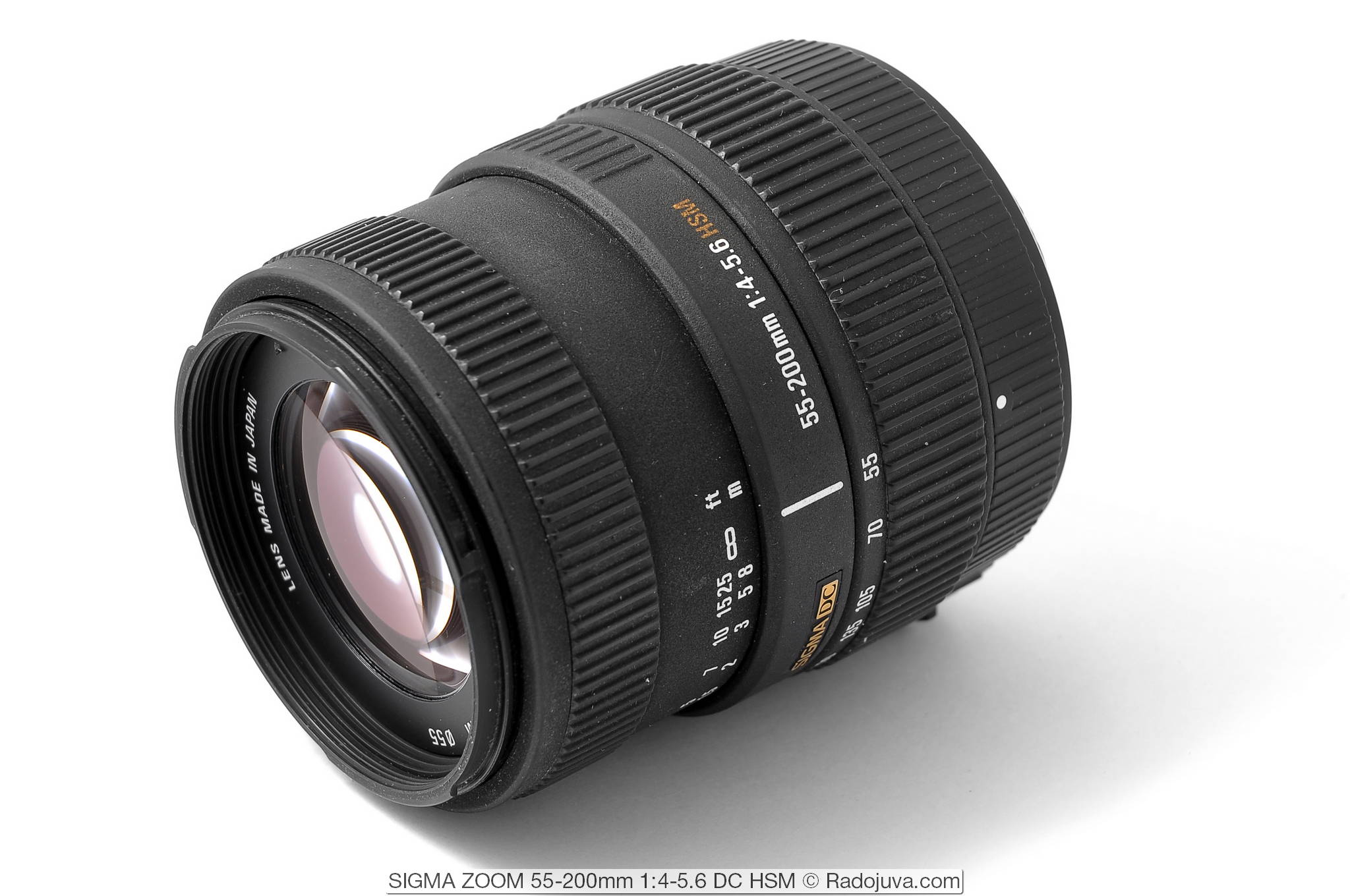
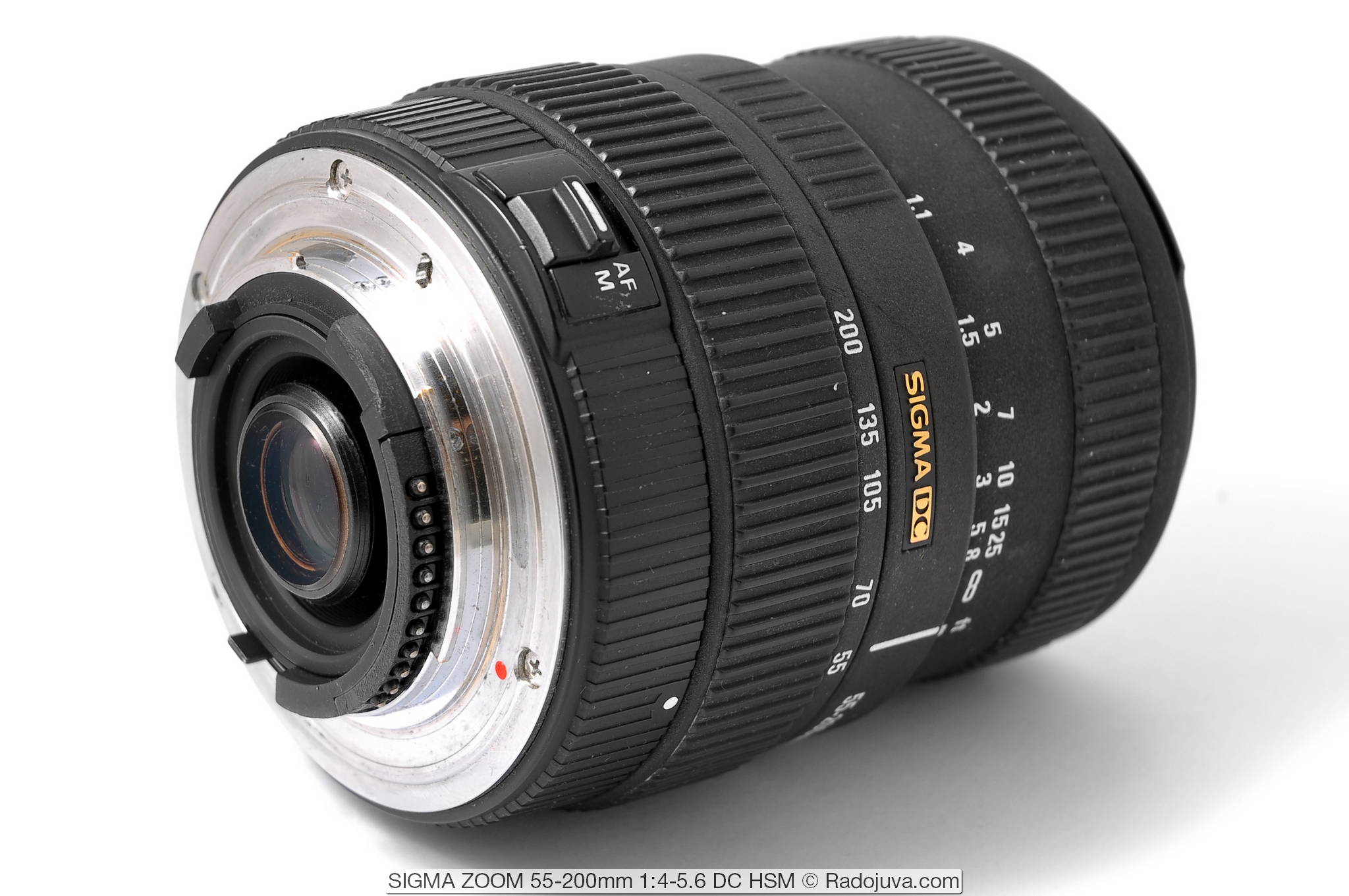
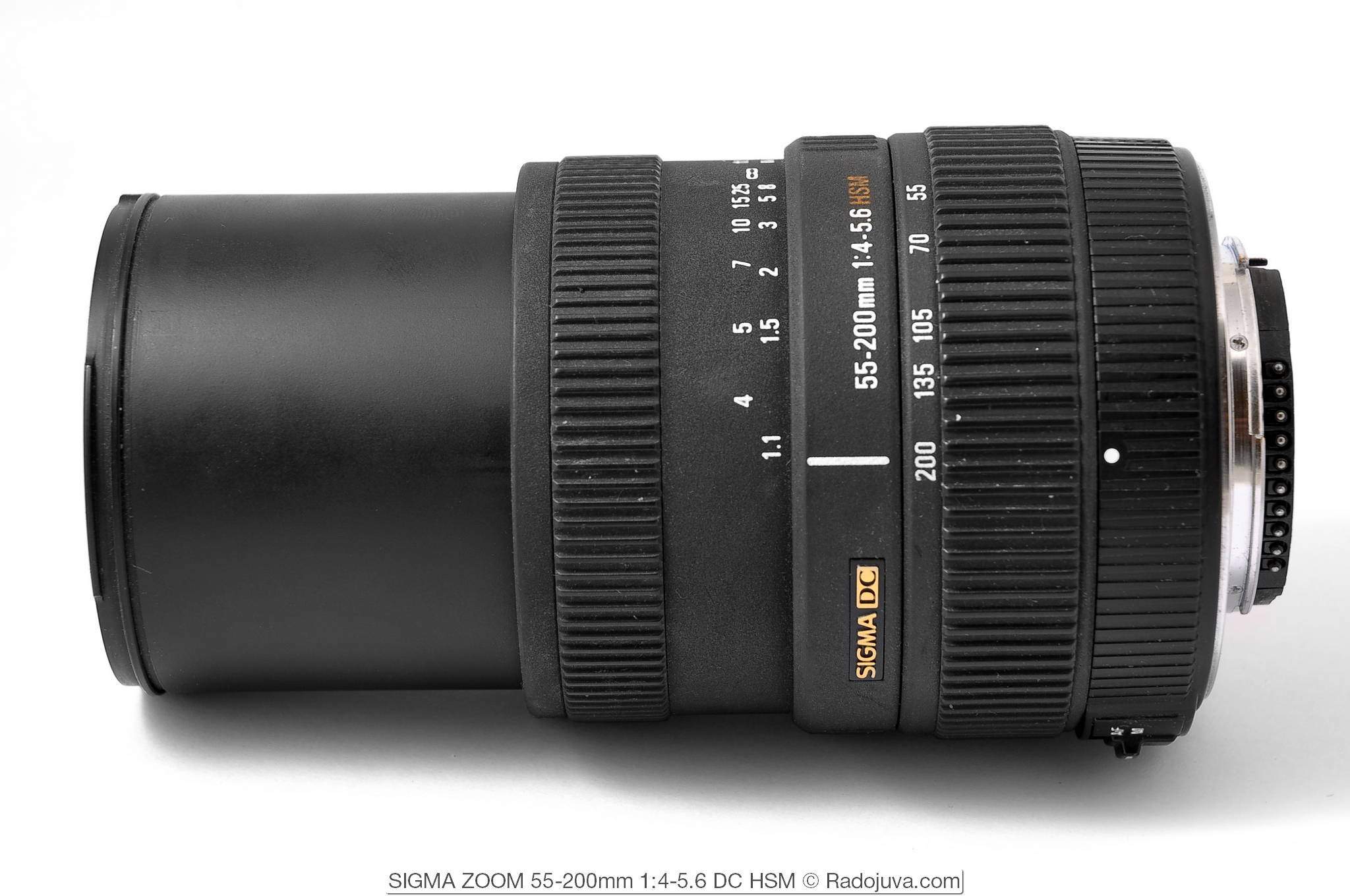
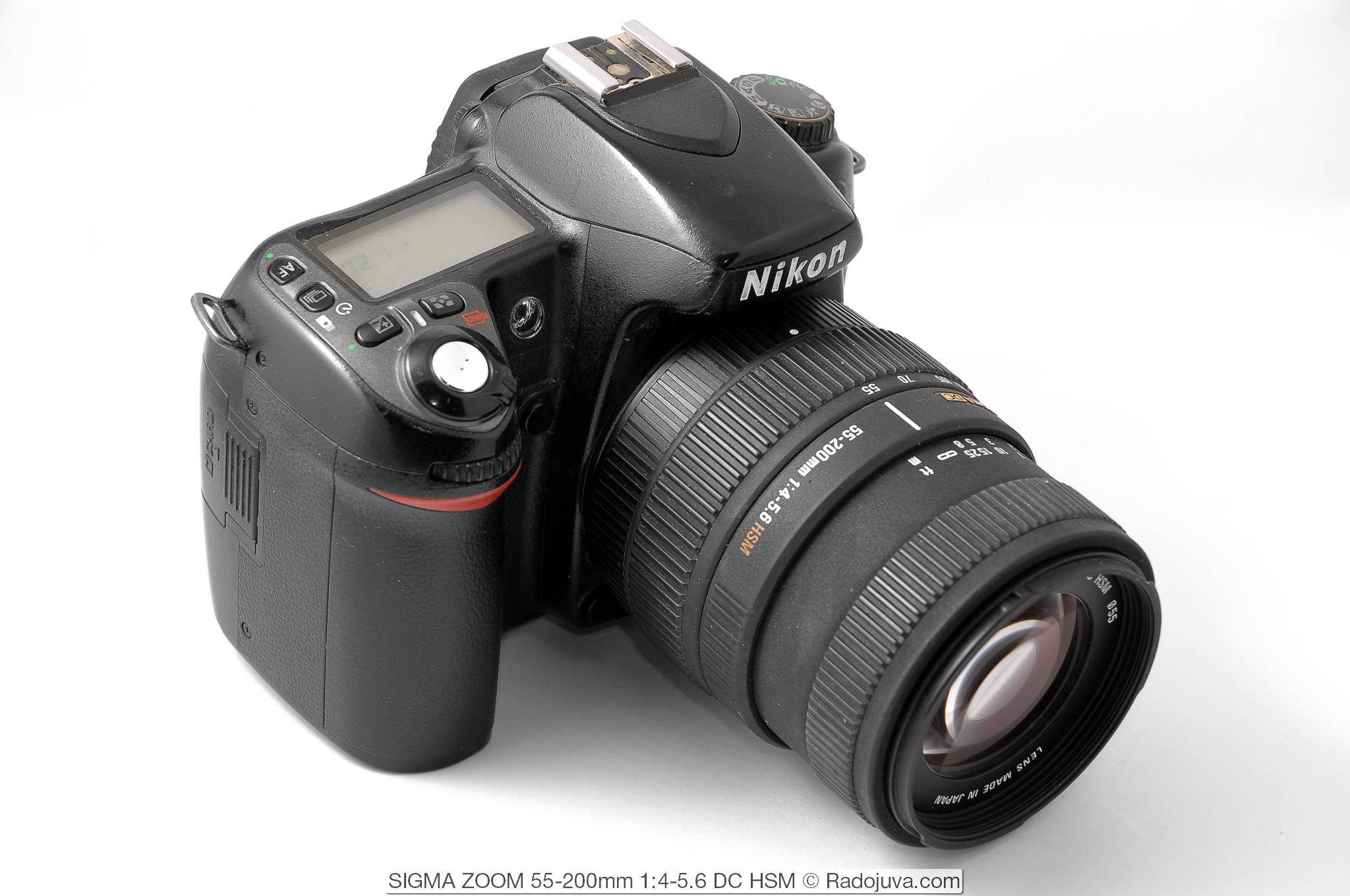
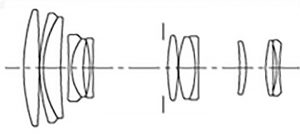
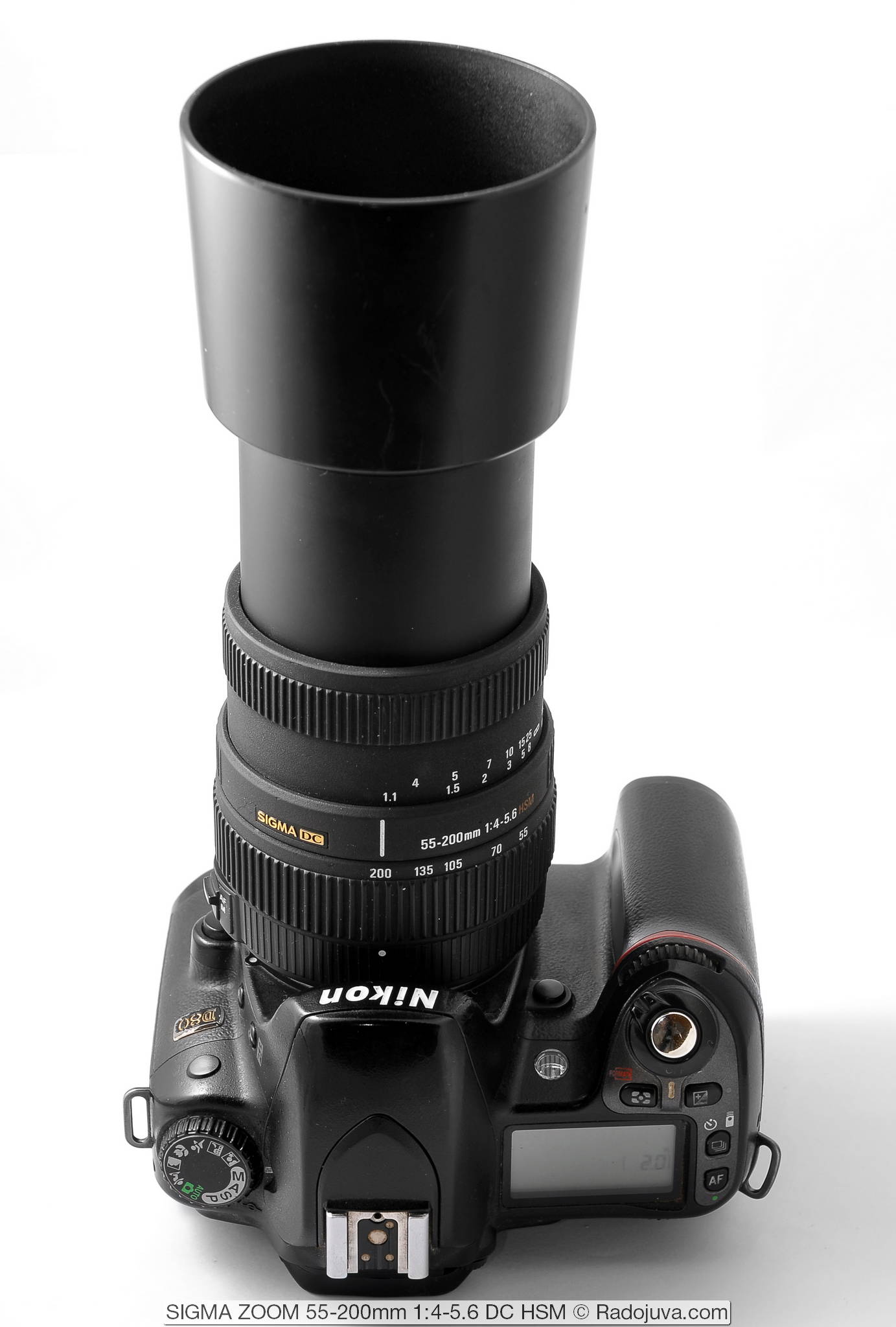
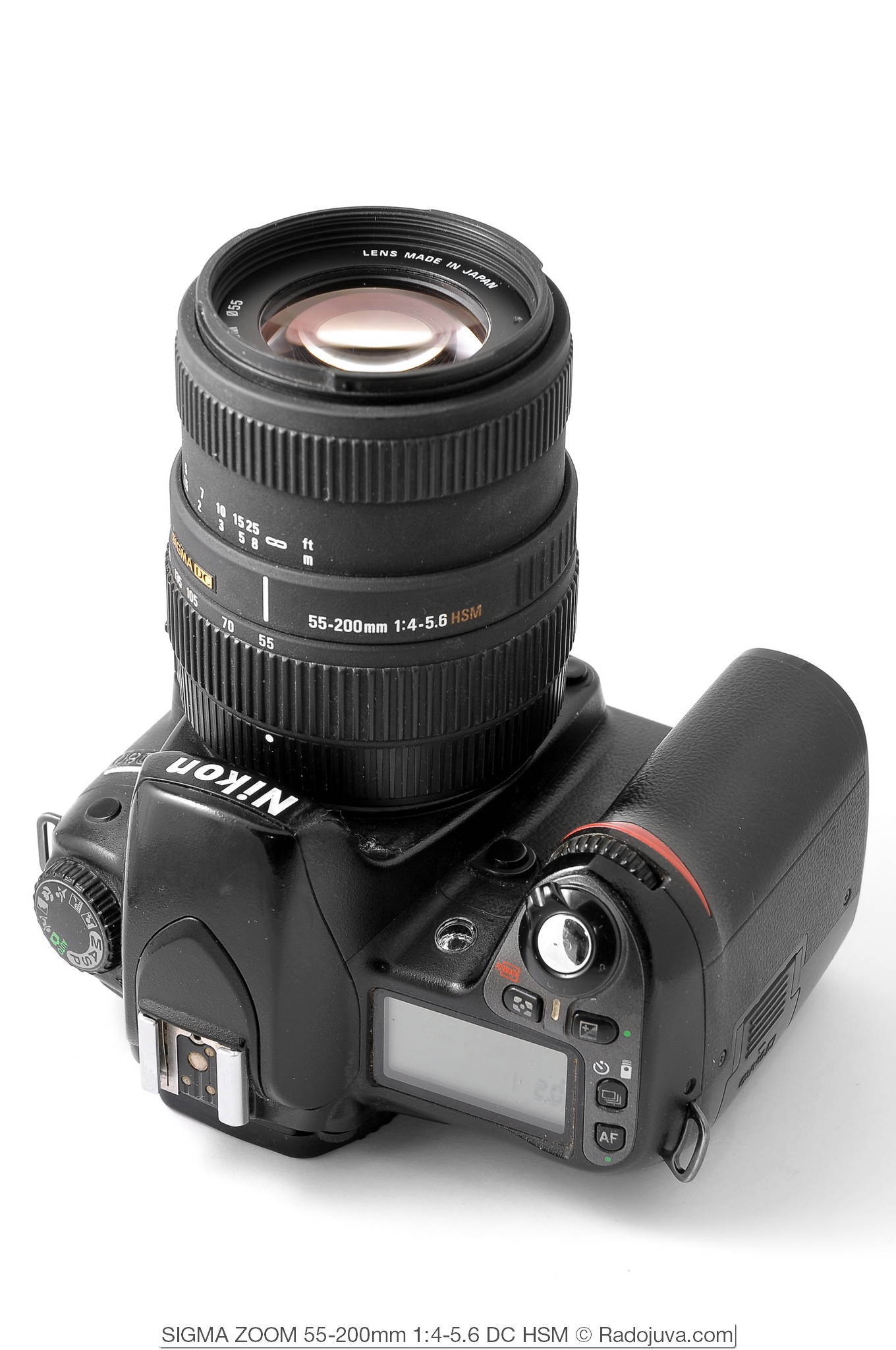

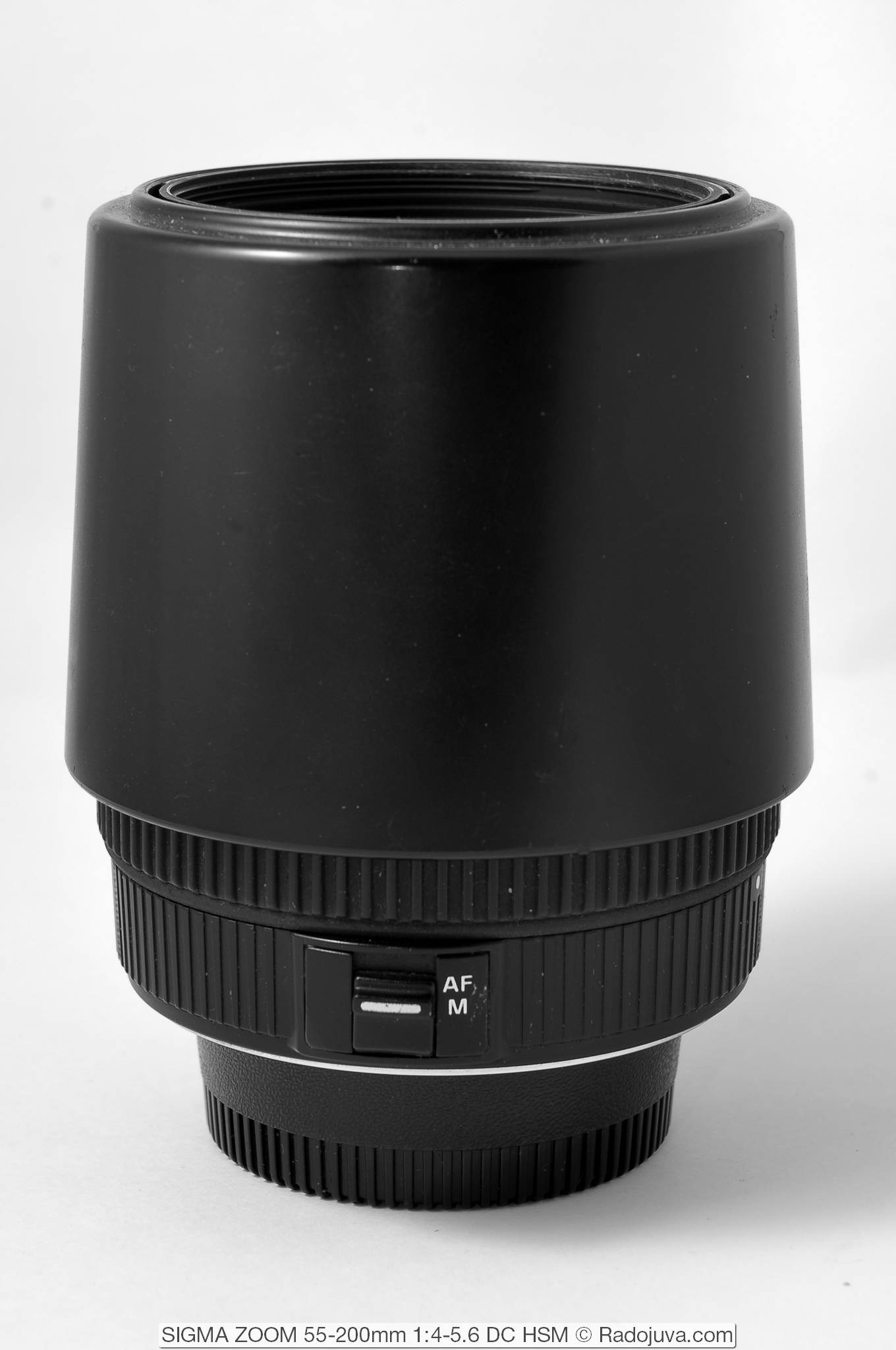






























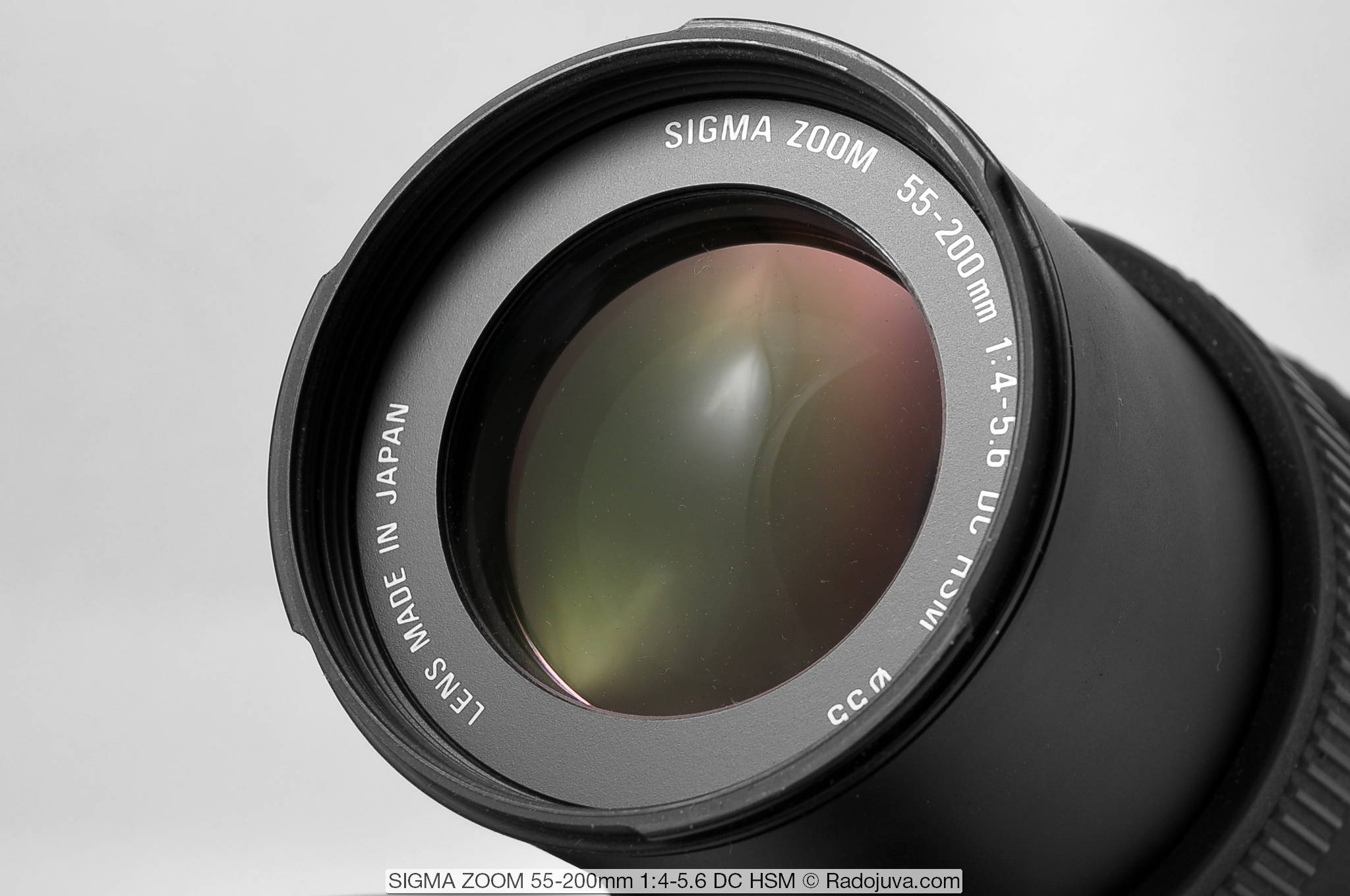
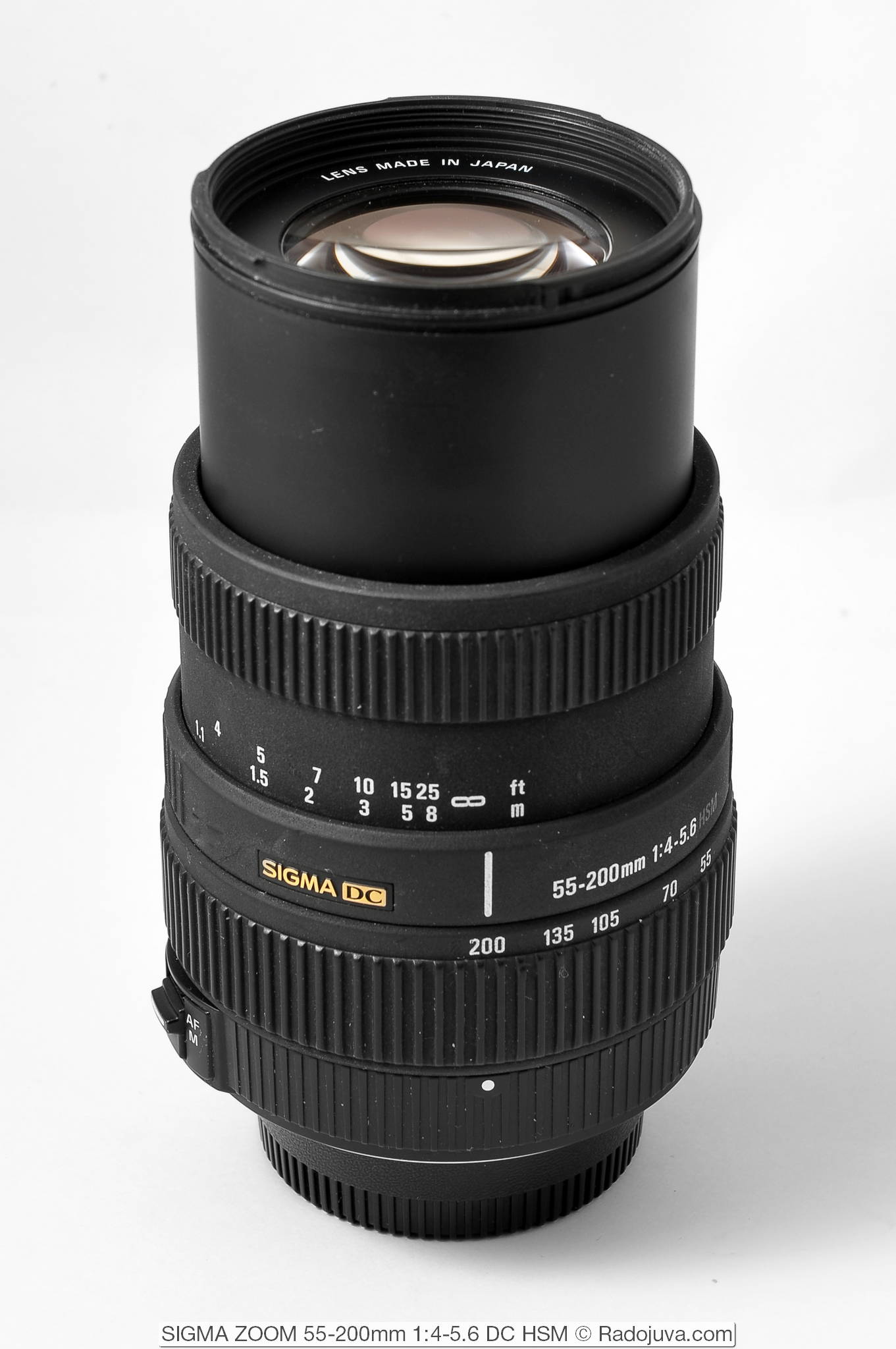
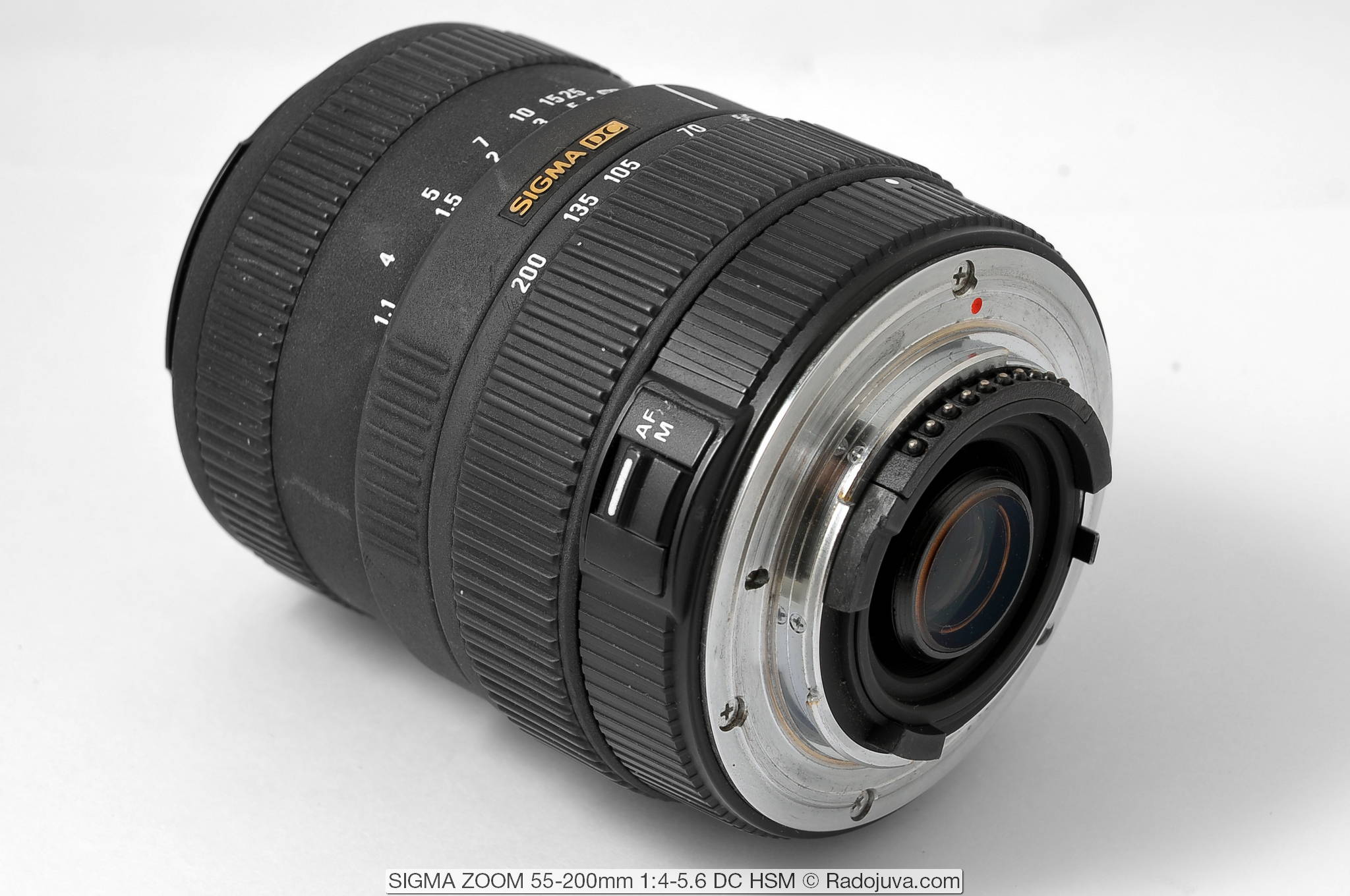

The last sunset photo is just amazing
Thanks for such a super detailed and detailed review. I had a similar sigma to Pentax. Version without HSM, exactly the same picture. The lens has a not very accurate focus at all distances and at 5 m, the infinity often misses. It doesn’t work out on the branch the first time)))
Arkady, and what is the constant manual focus mode?
And yet, where did the photo with the bulbs take place? 🙂
1. When you can always rotate the focus ring manually and it does not depend on the position of the focus mode switch. Nikon has 'M / A' and 'A / M' modes (the names, of course, are very confusing). Details on this issue here и here.
2. Contract area, Kiev.
I had one, or a brother thereof.
wildly hit the red in some shots.
After trying out a bunch of options, I decided for myself that the best of the top-notch televisions for Nikon is still 70-300 VR.
I bought one on Avito in a new state, only in the version for Canon. I shot it a bit on the Canon 300D / If anyone is interested, https: //yadi.sk/d/NVlxGlZVdXLcEQ
Beautiful birch leaves, you can immediately put on the desktop :) and the tree turned out very well ... Gloomy and alarming, with a mood. If the photographer and the lens would be good! Thanks for your review!
Thanks for the review. I just wanted it in your review collection)